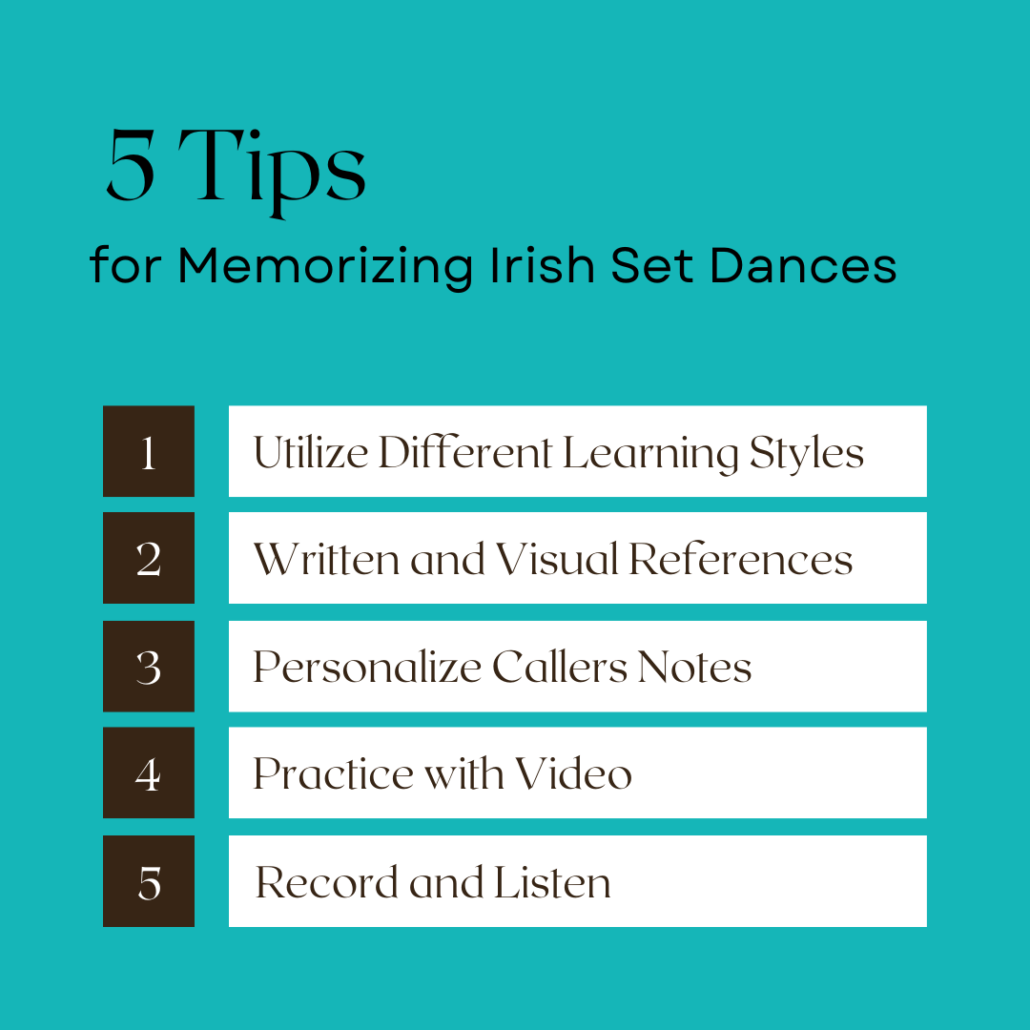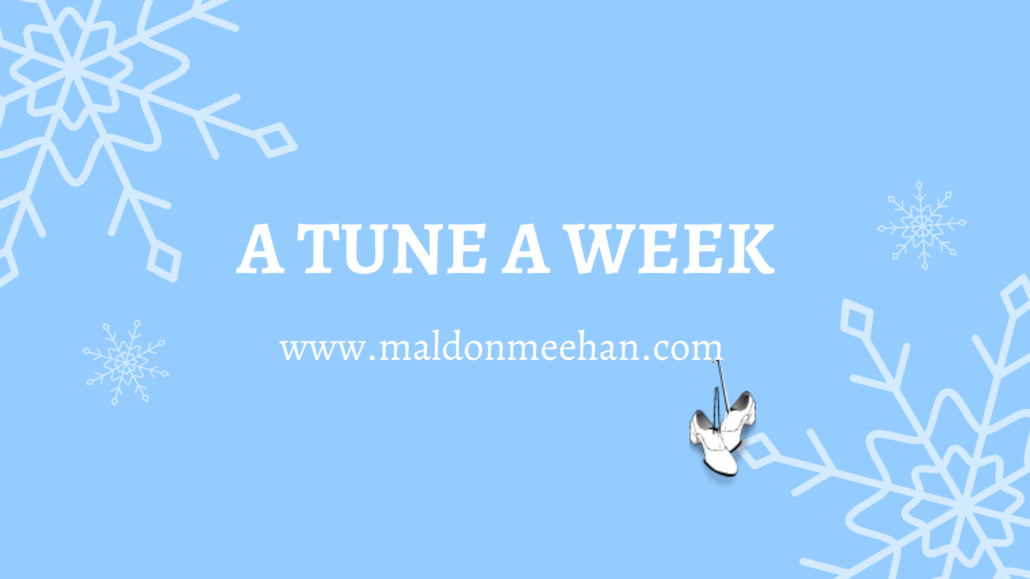
Learn the art of Irish set dancing by following these step-by-step instructions, even without a partner or a full set of dancers. Whether you’ve been asked to teach or call set dancing, want to perfect your battering steps, or simply want to expand your repertoire, these techniques will help you master the dance.
As a teacher and caller, I understand the importance of learning and memorizing sets before stepping into a classroom or a ceili. I’ve developed these 5 tips to help you learn and practice set dances without a partner or a full set.
1. Utilize Different Learning Styles: Tap into your natural learning preferences, whether it’s kinesthetic, audio, written, spoken, reading, or watching. Incorporate all these styles to maximize your memorization skills and achieve your goals.
2. Find Written and Visual References: Access both written instructions and video references to enhance your understanding of the dance. Pat Murphy’s set dance books are a fantastic starting point, and websites like danceminder.com and setdanceteacher.ie offer clear instructions. YouTube is a great resource for video references, with Michael Harrison, Pat Murphy, and Set Dancing News providing reliable recordings.
3. Personalize Callers Notes: Write out the calls in your own words while watching and reading the dance moves. This personalized approach deepens your understanding and makes the dance more manageable during the learning process.
4. Practice with Video: Watch instructional videos and dance along, following a specific dancer’s position. This interactive approach enhances your visual learning and helps you synchronize your movements with the video.
5. Record and Listen: Record yourself calling the dance over a track of music. This allows you to listen to the music while visualizing or dancing along without constantly referring to the written instructions. Regularly listen to these recordings during your daily activities to reinforce your memorization.
By following these steps, you’ll eventually be able to perform the dance without relying on any external references. Additionally, platforms like Spotify and danceminder offer recordings for specific dances, further enhancing your learning experience.
Start your journey towards mastering Irish set dances today. Incorporate these tips into your practice routine and witness your skill and confidence soar.
Here is a dance to get you started Connemara Set

